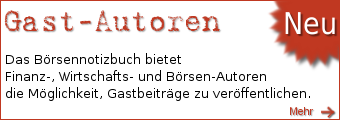Etwas was ich gerade auch geschrieben habe — der Blick sollte sich noch stark auf die Anleihe- und Geldmärkte richten, um die “größere Wende” identifizieren zu können. Aus Roseman Eruptions:
Although the worst of the credit storm has probably passed, funding pressures for banks, companies and individuals continues, suggesting the absolute bottom has not arrived in the worst financial crisis since the Great Depression. Top-end estimates point to a $1.7 trillion dollar cleanup of the credit crisis while more conservative projections allude to a $500 billion dollar bill. Either way, it is not the time to aggressively buy into stocks.
But investment grade bonds are starting to look increasingly attractive as credit spreads start to stabilize among highly rated corporate debt instruments and Treasury bonds. It is still too early, however, for bargain-hunting in equities.
How will investors know it’s time to load-up on distressed common stocks again? Is there a set of indicators allowing prospective investors to measure credit stress?
As the bottom of this bear market eventually arrives, look to credit markets for signals that it is time to resume your buying. Bonds and credit spreads will provide a far more accurate gauge to global investors than stocks, which tend to harbor false recoveries or “sucker ralliesâ€.



1 Kommentar bis jetzt ↓
Der Markt für faule Kredite - nahe am klinischen Tod • Börsennotizbuch // 20. Apr, 2008
[...] zufällig vielleicht wendet sich “the smart money” eben dieser Klasse zu (Erwähnung im Blog, dort weiterführender [...]
Kommentieren: